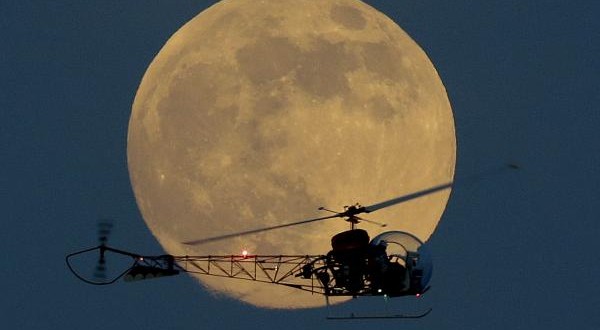If you looked up to the skies last night you may have noticed just how bright the moon was.
NASA says, this summer’s full moons will all be supermoons, which appear larger and brighter than normal. The first is this weekend, so if you missed Friday night’s, you’ll get another chance Saturday night.
The phenomenon happens when the moon becomes full on the same day as its perigee — the point in the moon’s orbit when it’s closet to Earth.
“Generally speaking, full Moons occur near perigee every 13 months and 18 days, so it’s not all that unusual,” Geoff Chester of the U.S. Naval Observatory said in a statement from NASA. “In fact, just last year there were three perigee Moons in a row, but only one was widely reported.”
Chester was talking about the Supermoon that happened in June last year. It was 14% bigger and 30% brighter than other full moons of 2013, and garnered international headlines.
NASA stressed that sometimes it’s hard to tell the difference between a Supermoon and a regular full moon, as clouds and haze can mask a difference in brightness.
“There’s a part of me that wishes that this ‘super-Moon’ moniker would just dry up and blow away, like the ‘Blood-Moon’ that accompanied the most recent lunar eclipse, because it tends to promulgate a lot of mis-information,” Chester said in his statement. “However, if it gets people out and looking at the night sky and maybe hooks them into astronomy, then it’s a good thing.”
Agencies/Canadajournal
 Canada Journal – News of the World Articles and videos to bring you the biggest Canadian news stories from across the country every day
Canada Journal – News of the World Articles and videos to bring you the biggest Canadian news stories from across the country every day



